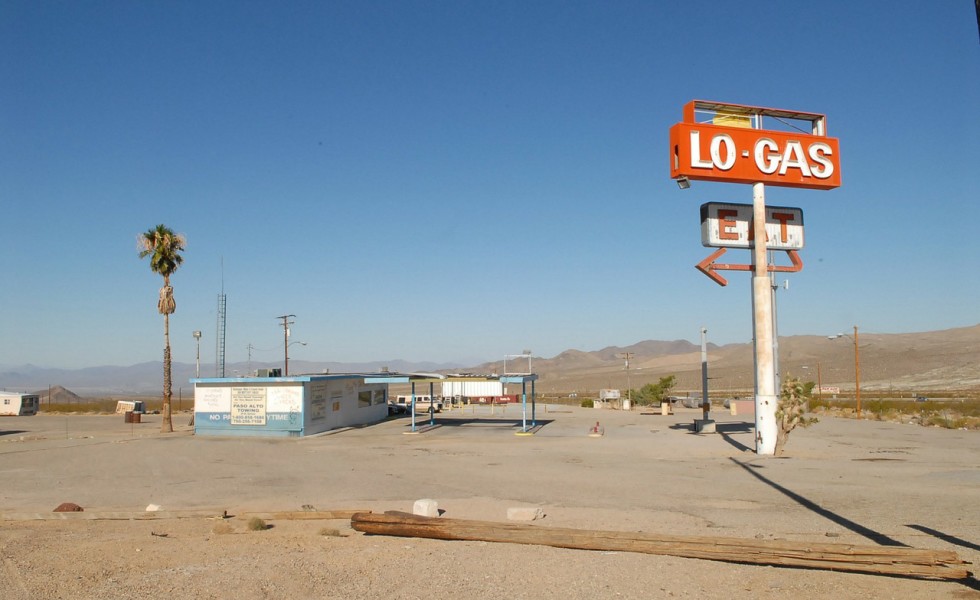February’s Paradox, March’s Struggles
Posted on April 2, 2020

February is a paradox. Leap Year or not, it’s the shortest month of the year yet it always feels like the longest month of winter. Endless gray skies bleed into endless gray days into an almost endless gray month.
Then March appears with its light, color, and hope and February’s dreariness is soon forgotten.
Light, color, and hope are needed this March as political leaders, markets, and the world economy tumble into a virus-choked mud hole of confusion, finger-pointing, and inaction. Worse, this mess will likely get messier.
How much messier? Unknowingly messier.
For example, the coronavirus essentially shut down China for 45 days before the nation somehow—no one knows exactly how—claimed that the number of newly diagnosed citizens began to fall.
What we do know, however, is that 45 days is 12 percent of one year so China, as a nation, may have lost up to 12 percent of its economic activity already this year because of the wide-sweeping illness.
What will the world economy look like if key nations such as Italy, already locked down, and America, where schools, universities, and convention centers are beginning to lock down, take a similar—and, frankly, as miraculously short—time to return to normal?
It’s truly a guess and guess high, not low.
Now add to that sour picture the Saudi Arabian/Russian fight over the global crude oil market. In just two weeks, the virus-fueled duel to cut production to push up prices devolved into a produce-or-die match between two oligarchies hoping to drown each other.
Almost every nation expected the brawl to bring higher crude prices. On March 8, however, the race to the bottom between the two began and crude prices collapsed from $60 per barrel the week before to $30 per barrel that night. And, just like that, the world’s leading commodity lost half its value to one virus and two autocrats.
Thirty-dollar crude sounds great until it hits the American economy’s kneecaps: higher unemployment, decreased spending, lower exports, greater federal spending, higher government deficits.
To get a closer-to-home idea of the devastating impact of crude’s price collapse, consider what would happen to rural America’s economy if cash soybeans fell from $9 per bushel to $4.50 or if corn prices dropped from an already-low $3.60 per bushel to $1.80.
Now consider both price collapses happening in less than two weeks during a pandemic.
While that hasn’t happened, both—and, really, all commodity—markets are under the triple threat of still-in-place American tariffs, coronavirus-slammed world demand, and now a bloodletting oil war whose shock waves will pound the U.S. ethanol market and global oilseed markets throughout the spring and summer.
For proof, reported Yahoo Business, just moments after the Saudi/Russia oil war exploded onto world markets March 9, American biofuel players dove for cover. “U.S. ethanol margins got crushed,” that day, “as cheaper crude makes the biofuel less appealing.”
Share prices of ethanol makers, it continued, were hit first and hard: “…(S)hares in producer Pacific Ethanol Inc. plunged as much as 28%” and “Archer-Daniels-Midland Co., which is trying to sell its dry ethanol mills, slumped as much as 7.1%.”
Worse, according to biofuel officials on March 11, the “White House now appears ready” to appeal a “unanimous court decision that would halt the Environmental Protection Agency’s abuse of Small Refinery Exemptions… which have destroyed demand for billions of gallons of homegrown biofuels.”
But the president’s always-weak promise to protect the U.S. ethanol market is a campfire compared to the implosion of the global crude market. If crude prices remain at half their March 1 value, either ethanol prices—and corn prices, too—must fall to remain competitive or ethanol plants must close because they can’t cover their variable costs.
Either way, court battles over refinery exemptions will be one of ethanol’s—and agriculture’s—smaller problems this year if today’s coronavirus woes continue to snowball.
If so, March, the traditional month of hope and spring, will be little different than gray February.
© 2020 ag comm
Share This